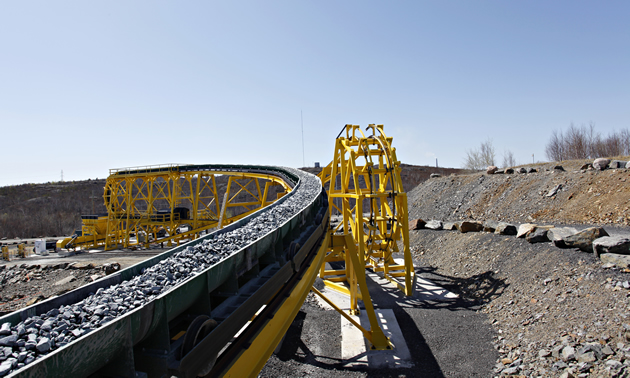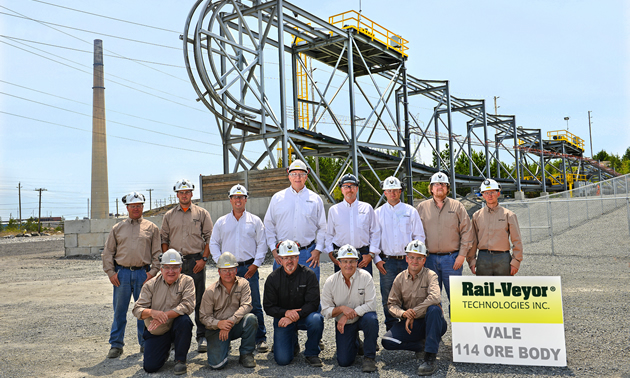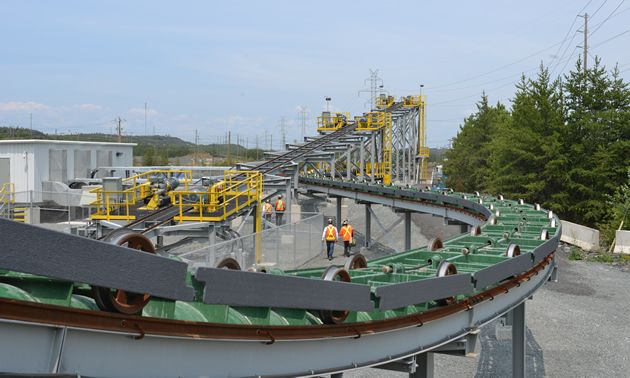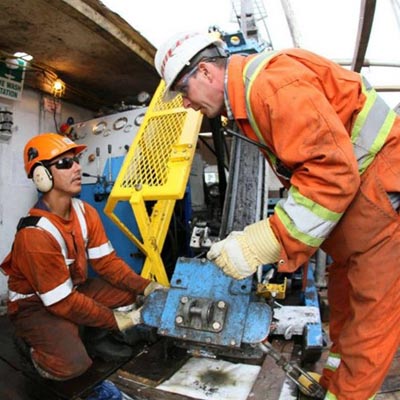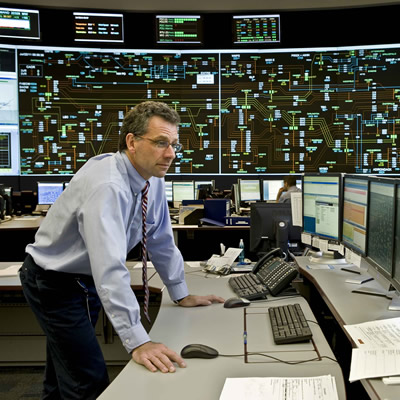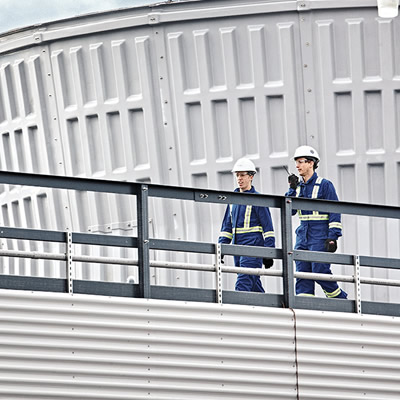Vale puts a breakthrough in mining to the test in Sudbury
The electrically powered Rail-Veyor could change what it means to be an underground miner
By the beginning of 2013, Vale's Copper Cliff Mine 114 Orebody Demonstration Plant in Sudbury, Ontariio, will be complete. This $49-million investment by Vale will see mining technologies being adapted to underground mining that have not been seen anywhere else in North America. The demonstration plant will feature innovative Rail-Veyor technology and will offer opportunities to test safer and more efficient mining techniques and new specialized equipment.
Alex Henderson, general manager of mines and mills technology for Vale's North Atlantic base metals, said the only other installation of this kind is found in Africa. Henderson visited the site a few years ago to learn more about the ore-handling system. The team then came back to Sudbury to start implementing what they had learned.
"We will install 2,500 feet of track as well as a surface dump loop and surface control room at the demonstration plant," said Henderson. "The Rail-Veyor track and cars are small and that means they require much smaller tunnels to move around a mine so that we can go deeper, faster."
Fast progress underground
Henderson said this technology will allow them to test some rapid mining development methods. They are planning to develop the mine at a rate of 400 feet per week to a total of about 8,000 feet. These are aggressive rates, as conventional mines typically see an advance rate under 200 feet per week.
"We are able to do this because the Rail-Veyor requires small development headings that are just 12 feet wide and 10 feet high, allowing us to advance at a faster rate than by conventional methods," said Henderson. "By comparison, diesel trucks typically require tunnels that are 18 feet wide and 17 feet high to move around underground, thus the need for expensive ground control and slower advance rates."
The project is also seeing Rail-Veyor Technologies tried out at Vale's Stobie test site in Sudbury. The main goal of the project is to see how they can incorporate the technology to have the result of high-speed production and development. Since this kind of work has never been done before, Henderson said his team has had the opportunity to do an assortment of work and look at how it can be done. With the results, Vale can realize benefits for future projects.
The downside to diesel equipment
Mining technologies have come a long way since the pick and shovel, Henderson said, adding that the 1970s marked the beginning of a mechanized era for mining that utilized diesel haulage equipment, electric hydraulic rock drilling and large underground tunnels. Larger equipment has led to larger drifts, which are naturally less stable and require increased ground support. The need for greater ground support to create a safe work environment in turn led to slower tunnel-advance rates and increased capital expenditures. Larger equipment and larger drifts also mean more waste rock has to be removed and handled. These issues are compounded as tunnels go deeper and ground stresses increase.
Henderson said that large diesel equipment also requires large volumes of ventilation, resulting in energy-intensive operations. The mining industry’s inability to automate this equipment, along with low equipment utilization rates, has caused efficiency improvements to level off—until now.
"Now we are moving into a new mining era, which will allow us to modernize our operations with exciting new technologies and mining methodologies," Henderson said. "This era is characterized by high-speed development, high production rates and energy efficiency. It allows us to adapt to changing world metal markets and expand into resources that were previously considered not mineable and not profitable. We can access lower grades at higher volumes with leaner processes and greater energy efficiency, for continuous muck flow and faster development advance rates."
The schedule
Excavation at the test site will begin in the fourth quarter of this year. More than 1,000 feet of ramp and 400 feet of level excavation were already developed in the area back in 2008, and these will be utilized as part of this project. Surface installation of the Rail-Veyor will also start at the end of 2012, and underground installation will begin early next year. Underground electrical and construction work will follow and the mining of a test slope is expected in the fourth quarter of 2013.
Surface construction is already underway and includes a new dry facility with capacity for 100 men and 10 women. Vale has also constructed an office facility for up to 14 people. A maintenance facility, cold storage and covered equipment area are included in the scope of the project.
"We are definitely in an exciting era, because I do believe—in terms of looking at the work Rio Tinto is doing and the work Anglo Gold Ashanti is doing—that there's a number of leading mining companies who understand the need for change as far as underground mining work is being done," said Henderson. "It's exciting to be at the leading edge of this sort of technology and have such great support from a company like Vale to do a project of this nature."

